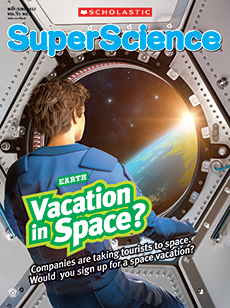Thomas Jefferson, the third president of the United States, held a dinner at the White House in 1802. On the menu? A dish he’d discovered while in France—macaroni and cheese! The earliest mac ’n’ cheese recipes in the U.S. used expensive cheeses and pastas from Europe. Over time, the dish evolved into an affordable food—and a nationwide obsession.
In the 1930s, the U.S. economy crumbled during the Great Depression. Many people lost their jobs. They needed inexpensive food to eat.
Grant Leslie, a pasta salesman in St. Louis, Missouri, hatched an idea. To help sell boxes of noodles, Leslie began bundling them with packets of grated processed cheese made by the Kraft cheese company.
Thomas Jefferson was the third president of the United States. He held a dinner at the White House in 1802. What was on the menu? A dish he’d discovered in France. It was macaroni and cheese! Early mac ’n’ cheese recipes in the U.S. used pricey cheeses and pastas from Europe. But the dish changed over time. It became a less fancy, everyday food for Americans.
The Great Depression happened in the 1930s. Many people in the U.S. lost their jobs. They needed low-cost food to eat. Grant Leslie, a pasta salesman in St. Louis, Missouri, hatched an idea. Leslie wanted to sell more boxes of noodles. So he began bundling the noodles with grated processed cheese.
